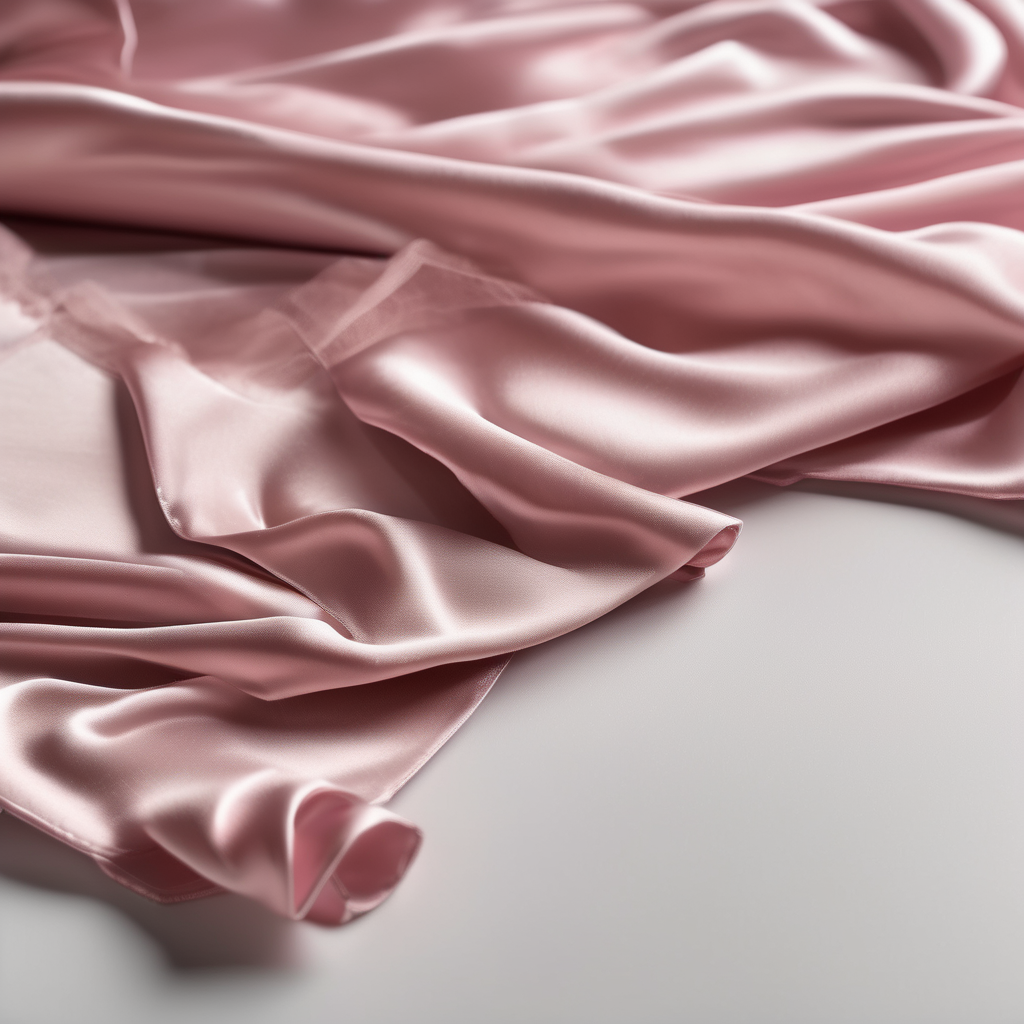Earlier this week, nearly three million viewers tuned in for the 2025 edition of the Victoria’s Secret Fashion Show, a high-profile event that brings together near-naked models and celebrities on the runway. This year’s showcase featured iconic figures such as Adriana Lima, Gisele Bündchen, and sisters Gigi and Bella Hadid, all donning a variety of the brand’s glamorous, crystal-studded lingerie, lace corsets, and satin bodysuits. The production upheld its signature aesthetic of fantastical glamour, complete with oversized jewelry, feathered accessories, and striking makeup, echoing the allure of the early 2000s.
The event made headlines for several groundbreaking firsts, notably showcasing WNBA star Angel Reese as the first professional athlete to walk the runway, adorned in a custom floral lingerie set with feathered wings. The show also welcomed its first K-pop performance, presented by the popular South Korean group TWICE, alongside Latinx artist Karol G’s appearance, further demonstrating an effort to embrace diversity and appeal to younger, global audiences.
Despite ongoing discussions about body positivity and inclusivity within the fashion industry, it’s remarkable that an event closely associated with a narrow conception of beauty continues to captivate millions and generate substantial investments. The Victoria’s Secret Fashion Show remains a lucrative endeavor, bolstered by sponsorships, celebrity affiliations, and streaming arrangements.
Victoria’s Secret’s allure lies in its branding and American showmanship. Established in 1995, the fashion show initially functioned as a marketing strategy to promote its products. Unlike traditional fashion events in Paris or Milan, Victoria’s Secret turned its runway into a theatrical performance, offering a fantasy that could be accessed globally. Throughout the late 1990s and early 2000s, the brand built a mythos around its models—known as “Angels”—and became synonymous with glamour and aspiration.
Central to its strategy was the ability to broadcast the show during prime time, which transformed a retail promotion into a cultural spectacle, merging fashion with pop music and mainstream entertainment. Unlike the exclusive nature of traditional fashion weeks, the Victoria’s Secret runway directly engages consumers, making the spectacle accessible to a wide audience rather than just industry insiders.
This year’s show attracted around three million live viewers worldwide—significantly higher than the usual attendance numbers at European fashion weeks, which often only garner hundreds of thousands of livestream viewers. The peak for the Victoria’s Secret Fashion Show was in 2014, drawing over nine million U.S. viewers and being broadcast in nearly 200 countries. Following a decline in viewership and criticism for not featuring plus-size and transgender models, the event was paused in 2019. However, its resurgence in 2024 and 2025 highlights the brand’s resilience, with a current market cap estimated at about $2.42 billion and a reported 36% gross margin.
While traditional luxury brands like Chanel or Dior emphasize scarcity and heritage, Victoria’s Secret has built its influence on mass visibility and entertainment. This approach reflects the evolving nature of fashion, where performance and accessibility can forge a strong connection with audiences around the globe.
